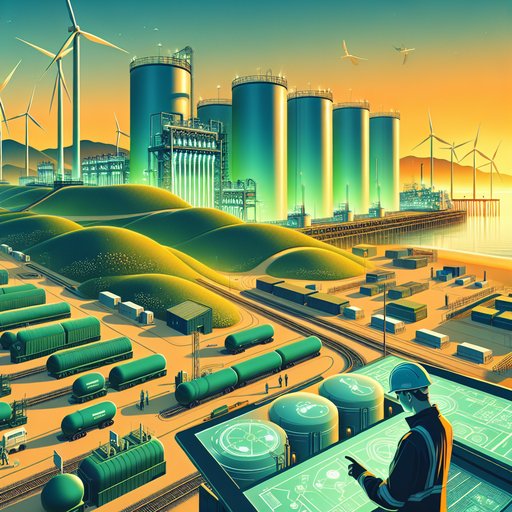
A complex energy crisis is unfolding across Europe as multiple challenges converge. Ukraine has implemented widespread power outages following Russian attacks on its energy infrastructure [1], while Hungary has openly challenged EU energy policies at a Moscow conference, highlighting deepening divisions within the European Union over energy security [2].

The global agricultural landscape is showing mixed signals as record cereal production contrasts with ongoing challenges in the soybean market. According to the United Nations Food and Agriculture Organization, the world is experiencing unprecedented levels of cereal crop production for the 2025-26 farming season [1], while the soybean sector faces continued market pressures.

For the last two months—especially in the past week—we’ve been hit by waves of automated traffic (“bots”) from several regions, including Brazil, China, the UK, the USA, and Morocco. If the site felt slow, unresponsive or even crashed your browser, that wasn’t you; it was these scripts hammering our pages far more than any human ever would. We’re really sorry for the frustration that caused.

The European Union has demonstrated its growing commitment to market competition with several high-profile antitrust actions this month. In a significant move, the EU competition watchdog imposed substantial fines on luxury fashion houses and reached a settlement with major payment networks, signaling increased scrutiny of pricing practices and market dominance across various sectors.

Argentina's Under-20 national team has secured their place in the 2025 FIFA U-20 World Cup final, drawing celebration from football icon Lionel Messi who took to social media to congratulate his young Inter Miami teammate [1].

A new wave of retaliatory sanctions between China and the United States has thrown the global shipping industry into turmoil, with major implications for international trade. China has targeted five US units of South Korean shipping giant Hanwha Ocean Co. in response to earlier American restrictions [1], while multiple supertankers have been forced to reroute from Chinese ports following US sanctions on oil terminals [2].

The semiconductor industry is experiencing significant changes as key players adjust their strategies amid evolving international trade dynamics. ASML, the world's leading manufacturer of chip-making equipment, has reported its third-quarter results while warning of potential challenges ahead in the Chinese market. This development comes as various nations and companies reposition themselves in the global semiconductor supply chain.

In a remarkable display of athletic longevity and determination, Dublin's Ann Woodlock has secured a gold medal at the European Masters Championships, proving that age is no barrier to sporting achievement [1]. The Irish runner, who will turn 87 in the coming weeks, continues to inspire athletes of all ages with her outstanding performance.

Scientists have developed a groundbreaking cylindrical metamaterial that could transform how we protect sensitive engineering equipment from harmful vibrations. The innovative design, which uses principles of topology to trap and control mechanical waves, represents a significant advance in materials science and could have far-reaching applications across multiple industries [1].

As Europe grapples with energy security concerns, Hungary has taken a controversial stance by openly criticizing EU energy policies and defending its relationship with Russian suppliers. The development comes amid broader challenges facing European power grids, with industry leaders warning of systemic vulnerabilities in countries like the UK, while Germany pushes forward with innovative renewable solutions.




























